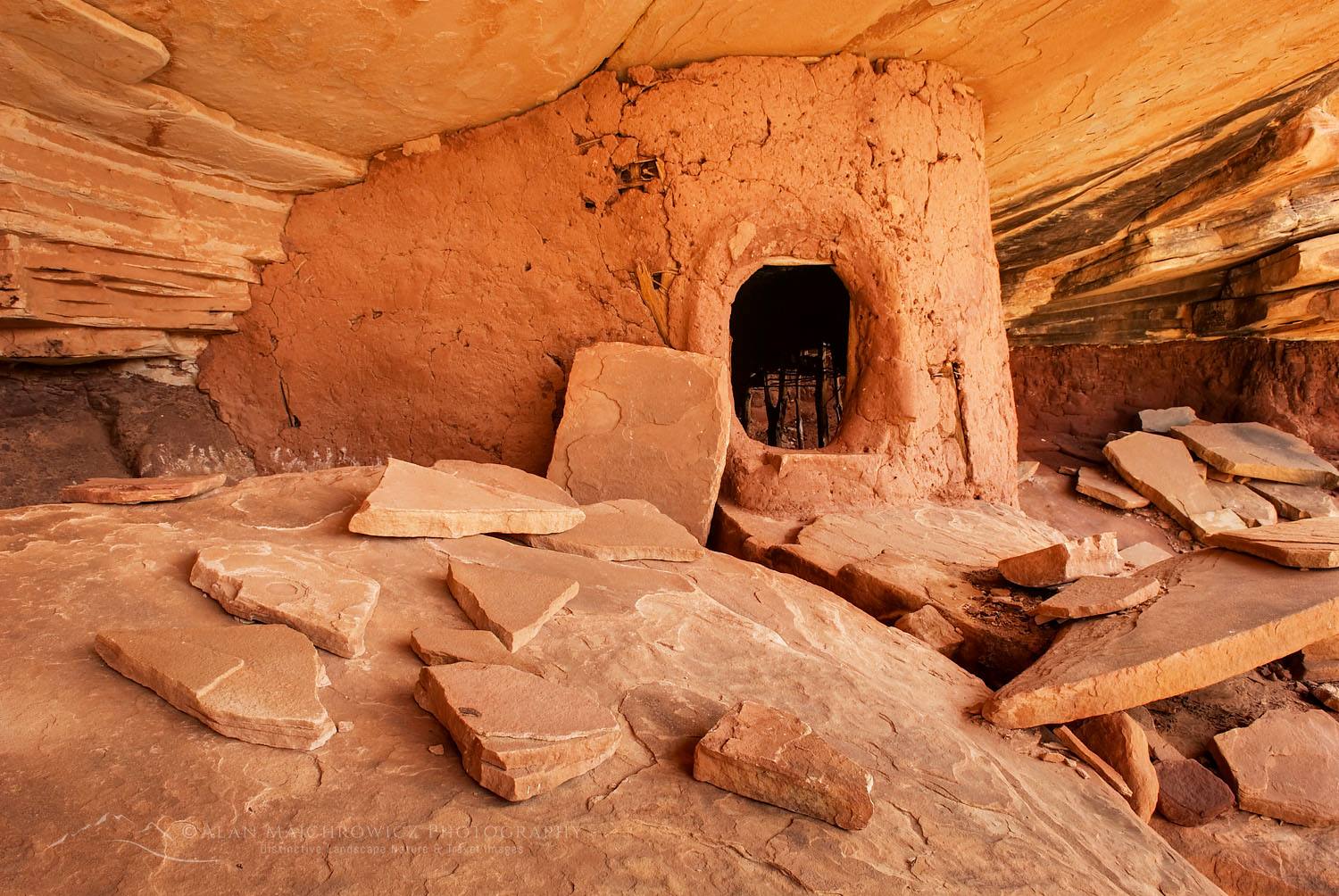Mysteries Of The Pueblo Granaries In The Southwest

Have you ever wondered about the ancient structures scattered across the Southwest? These Pueblo granaries hold secrets of a time long past. Built by the Ancestral Puebloans, these granaries stored essential food supplies like corn, beans, and squash. Imagine living in a world where your survival depended on these small, stone storage units. The craftsmanship and ingenuity of these ancient people are evident in every stone. Each granary tells a story of community, survival, and adaptation. As you explore these fascinating structures, you'll gain a deeper appreciation for the resourcefulness of the Ancestral Puebloans. Ready to learn more about these incredible granaries? Let's dive in!
Ancient Pueblo Granaries: A Glimpse into the Past
The Southwest United States holds many secrets, but few are as fascinating as the ancient Pueblo granaries. These structures, built by the Ancestral Puebloans, served as storage for grains and other food supplies. Let's explore some of the most intriguing granaries scattered across this region.
Mesa Verde National Park
Mesa Verde National Park in Colorado is home to some of the best-preserved Pueblo granaries. These granaries, tucked into cliff alcoves, offer a window into the lives of the Ancestral Puebloans.
Cliff Palace: This iconic site features numerous granaries built into the cliffside. The granaries here are small, stone structures designed to keep food safe from pests and the elements.
Spruce Tree House: Another remarkable site within Mesa Verde, Spruce Tree House contains several granaries. These storage units were crucial for the survival of the Puebloans during harsh winters.
Balcony House: Known for its challenging access, Balcony House also has granaries that showcase the ingenuity of the Puebloans in utilizing natural rock formations for storage.
Chaco Culture National Historical Park
Chaco Canyon in New Mexico was a major center of Puebloan culture. The granaries here reflect the advanced architectural skills of the Ancestral Puebloans.
Pueblo Bonito: This massive complex includes several granaries that were used to store corn and other staples. The granaries are strategically placed to take advantage of natural ventilation.
Chetro Ketl: Another significant site in Chaco Canyon, Chetro Ketl features granaries that highlight the communal nature of Puebloan society. These granaries were likely used to store food for large groups.
Casa Rinconada: This great kiva also has nearby granaries. The proximity of these storage units to the kiva suggests a connection between food storage and ceremonial activities.
Canyon de Chelly National Monument
Canyon de Chelly in Arizona is not only a place of stunning beauty but also a site rich in Puebloan history. The granaries here are often hidden in plain sight.
White House Ruin: This site features granaries built into the cliff walls. The granaries are small, but their strategic placement made them effective for long-term storage.
Antelope House: Named for the antelope paintings on the walls, Antelope House includes several granaries. These storage units are a testament to the resourcefulness of the Puebloans.
Mummy Cave: This site contains granaries that are well-preserved and offer insights into the storage techniques of the Ancestral Puebloans. The granaries here are built into natural alcoves, providing protection from the elements.
Bandelier National Monument
Bandelier National Monument in New Mexico is another treasure trove of Puebloan history. The granaries here are often found in cliff dwellings and caves.
Frijoles Canyon: This area contains numerous granaries that were essential for the survival of the Puebloans. The granaries are built into the canyon walls, making them difficult to access and thus secure from theft.
Tsankawi: This detached section of Bandelier features granaries that are carved into the soft volcanic rock. These granaries are unique in their construction and offer a glimpse into the adaptability of the Puebloans.
Long House: This site includes granaries that are part of a larger cliff dwelling complex. The granaries here are well-preserved and provide valuable information about the storage practices of the Ancestral Puebloans.
Hovenweep National Monument
Hovenweep, straddling the Colorado-Utah border, is known for its impressive stone towers and granaries. These structures are a testament to the engineering skills of the Puebloans.
Square Tower: This site features granaries built into the base of the tower. The granaries are small but well-constructed, showcasing the Puebloans' attention to detail.
Holly Group: This cluster of ruins includes granaries that were used to store food for the community. The granaries are strategically placed to take advantage of natural defenses.
Hackberry Group: Another significant site within Hovenweep, the Hackberry Group contains granaries that highlight the communal nature of food storage in Puebloan society.
The Legacy of Pueblo Granaries
Pueblo granaries in the Southwest hold a unique place in history. These ancient structures reveal the ingenuity and resilience of the Pueblo people. Built to store food and resources, they ensured survival in harsh desert conditions. Exploring these granaries offers a glimpse into the daily lives and traditions of a remarkable culture.
Visiting these sites, you can appreciate the craftsmanship and strategic planning that went into their construction. The granaries stand as a testament to the Pueblo people's ability to adapt and thrive. They also remind us of the importance of preserving historical sites for future generations.
Whether you're a history buff or just curious, the Pueblo granaries provide a fascinating look into the past. They are more than just storage spaces; they are symbols of a community's strength and resourcefulness. So next time you're in the Southwest, take a moment to explore these incredible structures.

